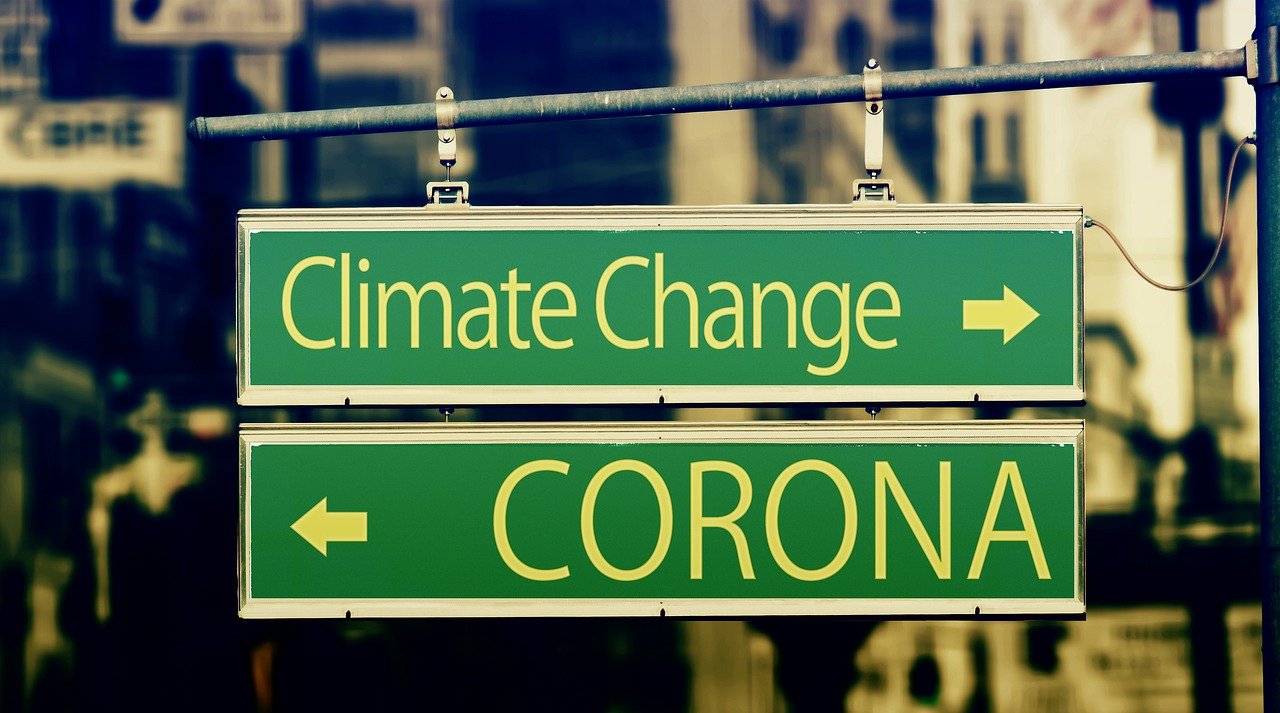
di Diego Gavagnin
In significant coincidence with the tenth anniversary of the start of the first LNG service station in Italy, Villafalletto, Cuneo, by the company Vanzetti with the collaboration of CPL Concordia, the first LNG supply from ship to ship in the port of La Spezia will soon arrive.
Despite the pandemic, investments in new LNG ships are confirmed by Italian (and worldwide) shipowners, the tanker that will supply the ports of Venice and the North Adriatic is on its way.
The OLT regasifier has been given the OK to supply the LNG tankers, while work continues on the coastal depots of Ravenna and Santa Giusta-Oristano, which is suffering some delays due to the epidemic.
In local public transport, the use of LNG buses is growing, as is the interest of the regional authorities to follow the example of Emilia Romagna. The opening of new service stations continues and it will be soon exceeded the goal of a hundred installations.
In land transport the Italian leadership in Europe is confirmed, despite the strong chase of Germany, even if the gap between the Centre-North and the South increases. The Italian railway certification body has had the first request and is working for LNG locomotives.
Very important is the signal coming from the opening of the first LNG station in Sicily, and local transport companies are buying dozens of liquid methane trucks, even if by now mainly intended for the Po Valley and European routes.
Edison has confirmed the investments for the coastal depots in Naples and Brindisi, even if with some difficulty in locating the latter. These facilities will fulfill a fundamental mission: to bring the South of Italy back to Italy, today substantially excluded from the widespread use of small-scale LNG.
But the most important signal coming from this industrial chain, which is becoming more and more solid and economically sustainable, are the ongoing investments for the production of bio LNG, whose use will almost completely reduce the climate-changing impacts of fossil LNG.
Italy can count on a bio LNG production potential of around 16 million cubic meters, which, if destined to heavy land and sea transport, will allow these sectors, which have a high impact on the environment and climate, to fall within the stringent objectives that the European Union is deciding for 2030.
Europe increasingly associates the overcoming of the economic and social crisis due to the coronavirus epidemic with the energy transition. Making Europe the reference point for the global industrial relaunch with a neutral climate impact is already finding in the LNG and small bio LNG supply chain an immediately available first response.
 EN
EN  it
it

